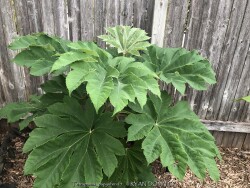

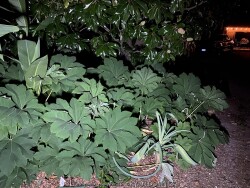
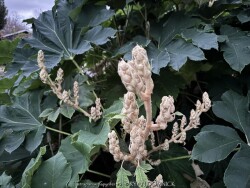
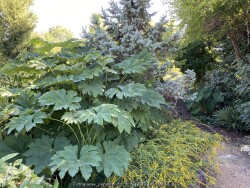
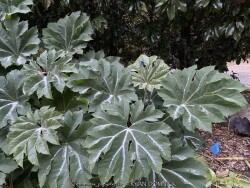
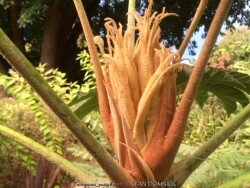
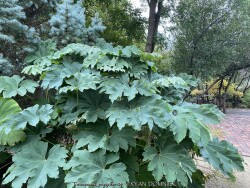

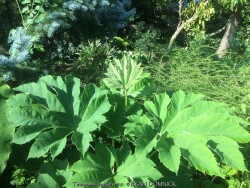
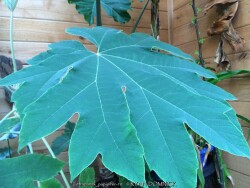
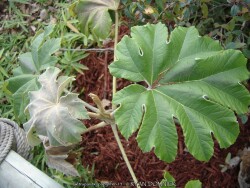
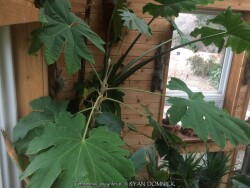
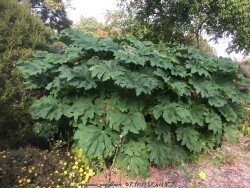
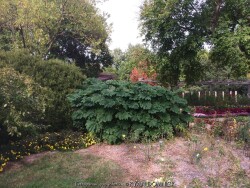
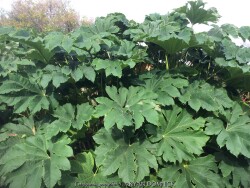
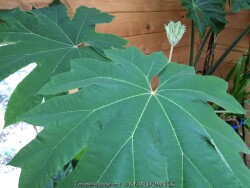
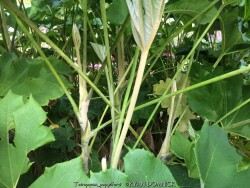
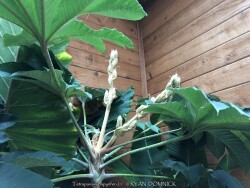
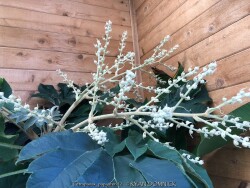
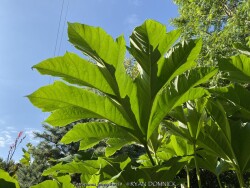


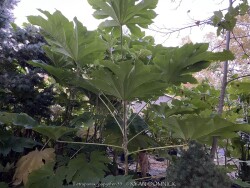
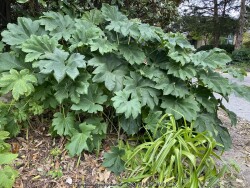
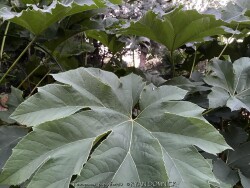
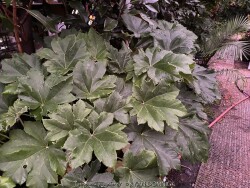
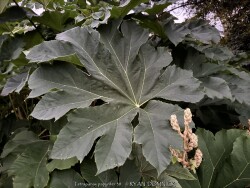

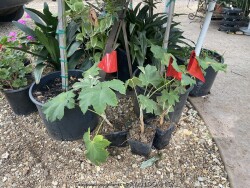
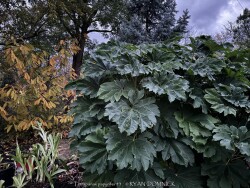
Plant Min Zone: 5a
Plant Max Zone: 10a
Sunlight: Full Sun, Part Sun
Water / Rainfall: Low, Average, High
Soil Quality: Average
Bloom Season: Insignificant
Flower Color: Cream, Insignificant
Berry / Fruit Color: None
Spring Foliage Color: Green, Bluish Green
Summer Foliage Color: Green, Bluish Green
Fall Foliage Color: Green, Bluish Green
Evergreen Foliage: No
Winter Interest: No
Scented Flowers: No
Drought Tolerance: Medium
Wet-Feet Tolerance: Medium
Humidity Tolerance: High
Wind Tolerance: Low
Poor Soil Tolerance: Rocky Soils, Sandy Soils, Clay Soils
Height: 4' - 6'
Width: 4' - 6'
Growth Rate: Medium, Fast
Service Life: Long: 5-10 years
Maintenance Need: High
Spreading Potential: High
Yearly Trimming Tips: Shrub Normally Winter-kills so trim to 3-6" off Ground in Winter or Early Spring: Blooms on New Wood.
Plant Grouping Size: Small Grouping of 3-5
Best Side of House: South Exposure, West Exposure, East Exposure
Extreme Planting Locations: Resistant to Rabbits, Base of Retaining Wall Locations
Ornamental Features: Multiple Seasons of Interest, Large Tropical Foliage / Flowers, Exceptional / Colorful Foliage
Special Landscape Uses: Erosion Control
Possible Pest Problems: None
Plant Limitations: Aggressive Rhizomes / Runners, May get Occasional Winter-kill, Needs Thick Winter Mulch
Shippable in 2026: YES
Rice Paper Plant (Tetrapanax papyrifer) is a hardy tropical with large palmate leaves up to 24" across. In warmer zones and in its native habitat in Taiwan, Tetrapanax is a large shrub or small tree with white flowers produced in the fall. However in our Lawrence Kansas zone 6a climate, Tetrapanax is killed down to the ground each year like crapemyrtles and butterfly bush. A thick mulch is appreciated when young but not needed on established plantings. Tetrapanax is not picky about soils or moisture but will display fastest growth in rich, moist, well-drained areas in full sun. Tetrapanax will also tolerate almost full shade when established. Because it spreads by rhizomes, be sure to allow plenty of space or have control methods in place. Generally, chopping off shoots as they emerge as easy enough. Another word of caution is that Tetrapanax contains a white powdery-like cottony substance on near stems and back sides of leaves. This can cause eye and throat irritation so be careful when cutting back to not rub off the dust (or do so up-wind). Tetrapanax is a very rare plant in cultivation but can also be seen at the Wichita botanical gardens, Botanica. There is a giant form called Tetrapanax papyrifer 'Steroidal Giant' available at Plant Delights Nursery in North Carolina with leaves up to 3 feet wide and less spreading but we have not been able to procure or establish this plant in our Lawrence, KS garden. In our trial gardens in Lawrence, KS (zone 6a), three established mulched specimens of Tetrapanax papyrifer have survived for over 10 years including -17 degrees F in 2021. During that arctic blast of February, 2021, lows down to -17 degrees F on Feb 16th, 2021 were recorded. The longevity of this cold blast was also impressive: 10 days on a row with highs of 10-15 degrees F or lower, 8 nights of lows in the single digits and negatives, and 36 straight hours of 0 degrees F and mostly lower. It can also be grown as a potted patio plant; move into a cold garage or basement over the winter with minimal watering. Allow to go dormant as needed with little care, just cut off dead foliage and place back out in April or May with a time-release fertilizer.